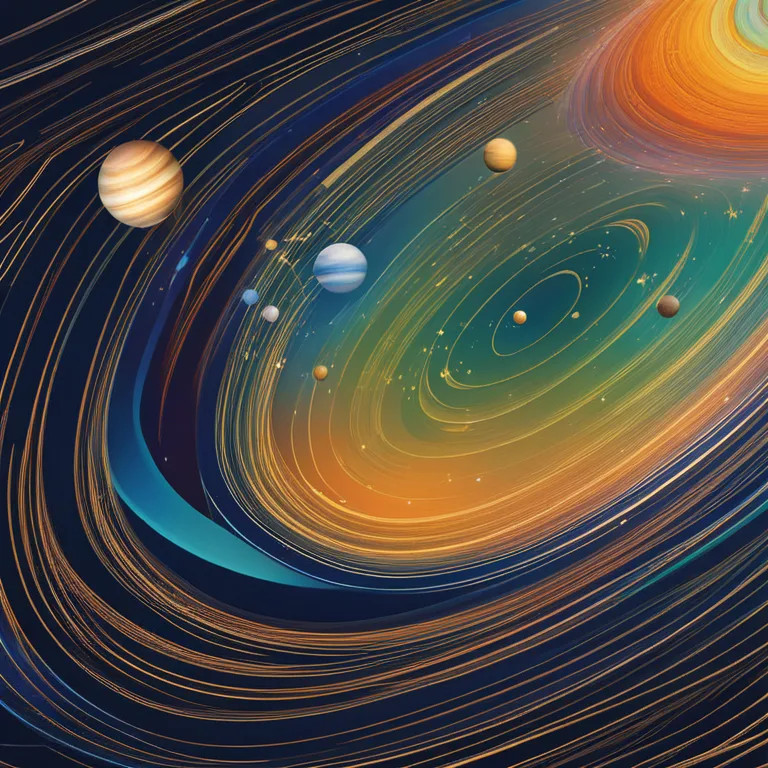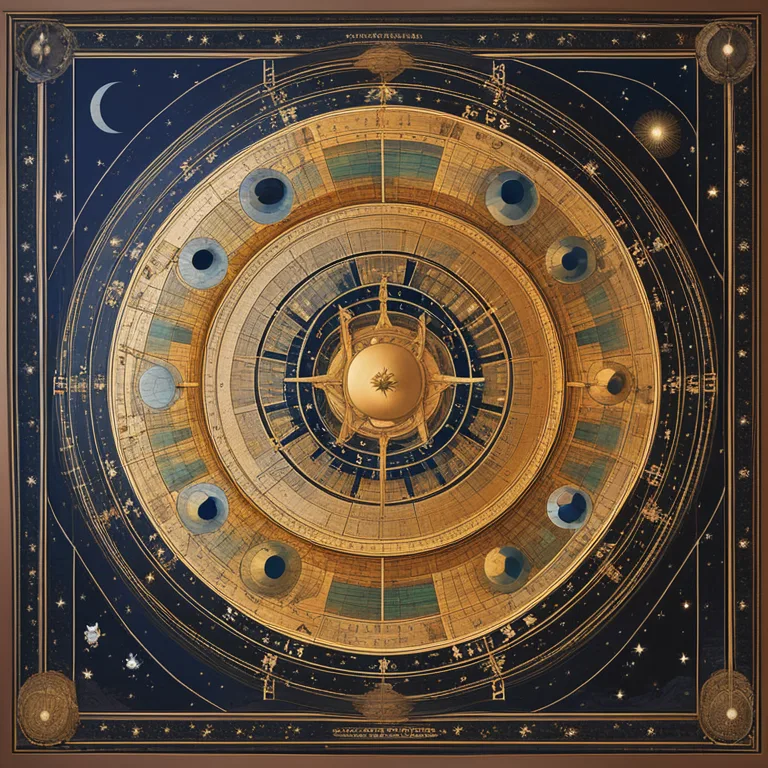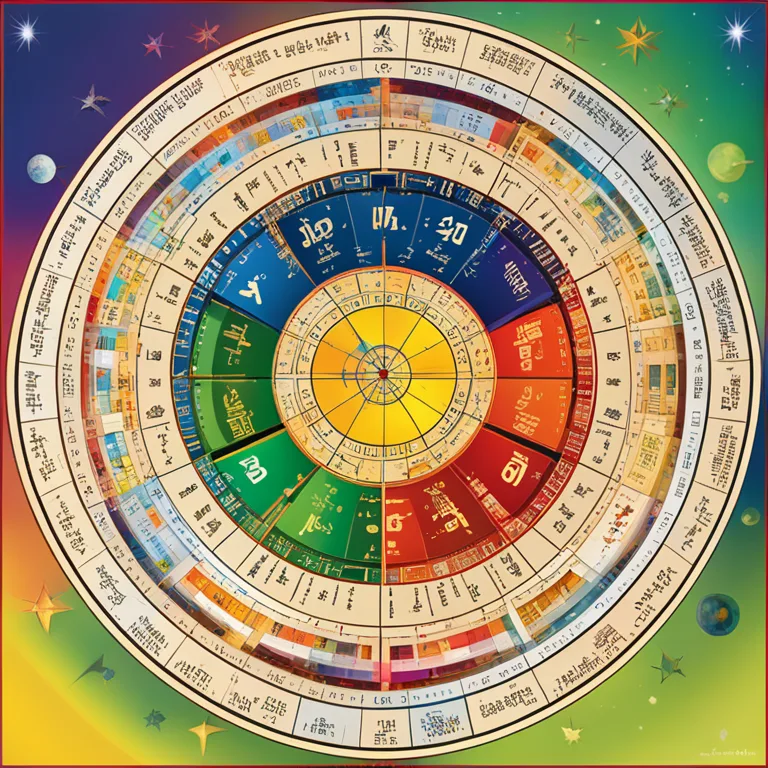
The Rarity of Your Birth Chart
Delve into the uniqueness of astrological birth charts and discover what makes yours distinctive.
article by Priya Deshmukh
Your Chart’s Unique Imprint
Astrology enthusiasts often wonder about the uniqueness of their birth chart. At first glance, it can seem like the positions of the celestial bodies must surely repeat frequently, making many charts quite similar. However, the birth chart is a snapshot of the sky at your very moment of birth, including the placements of the planets in the specific signs and houses, as well as the angles they form with each other, which are known as aspects. Each component is like a thread in an intricate tapestry, with variations that are as numerous as the individuals born under them. To truly understand this, we must consider the intricacies involved, such as the degrees of the planets in signs and their minute-by-minute movements, which seldom align in the same combination twice.

Statistical Astrological Uniqueness
Statistically speaking, the probability of two people having the exact same birth chart is incredibly slim. This is because the astrological wheel not only takes into account the zodiac signs but also the degrees within those signs where the planets and other points reside. With each sign encompassing 30 degrees and each planet moving at a different speed, the likelihood of a repeat is minuscule. Furthermore, when you include the rising sign, which changes every two hours, and the moon, which changes signs roughly every two and a half days, the variables multiply. Your birth chart is therefore a cosmic fingerprint, personalized down to the moment of your birth, reflecting the intricate cosmic dance that is never exactly the same from one moment to the next.

Planetary Movements and Your Chart
To fully appreciate the uniqueness of your birth chart, consider the perpetual movements of the planets. The slow-moving planets like Jupiter, Saturn, Uranus, Neptune, and Pluto change signs infrequently, shaping generational influences. However, their interactions with the fast-moving planets like the sun, moon, Mercury, Venus, and Mars create a more complex and unique astrological profile. Additionally, the angles between these planets, known as aspects, are specific to the date, time, and location of your birth. These aspects, whether they're conjunctions, squares, trines, or oppositions, give distinct flavor and texture to your personal astrological makeup.

Technological Advances in Astrology
As we move forward in time, the field of astrology is being revolutionized by technological advancements that allow for more precise calculations. In 2024 and beyond, with the proliferation of astrophysical data and software, astrologers have access to more detailed celestial information than ever before. New discoveries in astronomical bodies, such as asteroids and dwarf planets, are now often included in birth chart analyses, adding further layers of depth. This technological leap means that the birth charts of today can be plotted with an even greater degree of accuracy, underlining the assertion that your personal astrological chart is extraordinarily rare.

The Human Experience and Astrology
Despite the astronomical unlikelihood of duplicate birth charts, the true distinctiveness of a chart is not just in its celestial mechanics but in its expression through individual lives. Two people with similar charts may lead vastly different lives due to their varying environments, decisions, and personal developments. Astrology does not exist in a vacuum—it interacts with the ever-shifting tapestry of human experience. This means the interpretation of a birth chart is as diverse as the people it represents, making each astrological journey one of a kind.
Published: 12/22/2023
Modified: 12/22/2023
More predictions
Come back here soon to learn more about yourself and your future


Exploring Astrological Houses
Discover the basics of astrological houses and learn the methods for interpreting their significance in personal astrology.


The Role of Astrological Houses
Discover the fundamental concepts of astrological houses and how they influence personal astrological charts.


Astrology: The Role of 12 Houses
Delve into the core of astrological houses and their influence on personality and life events in our insightful guide.